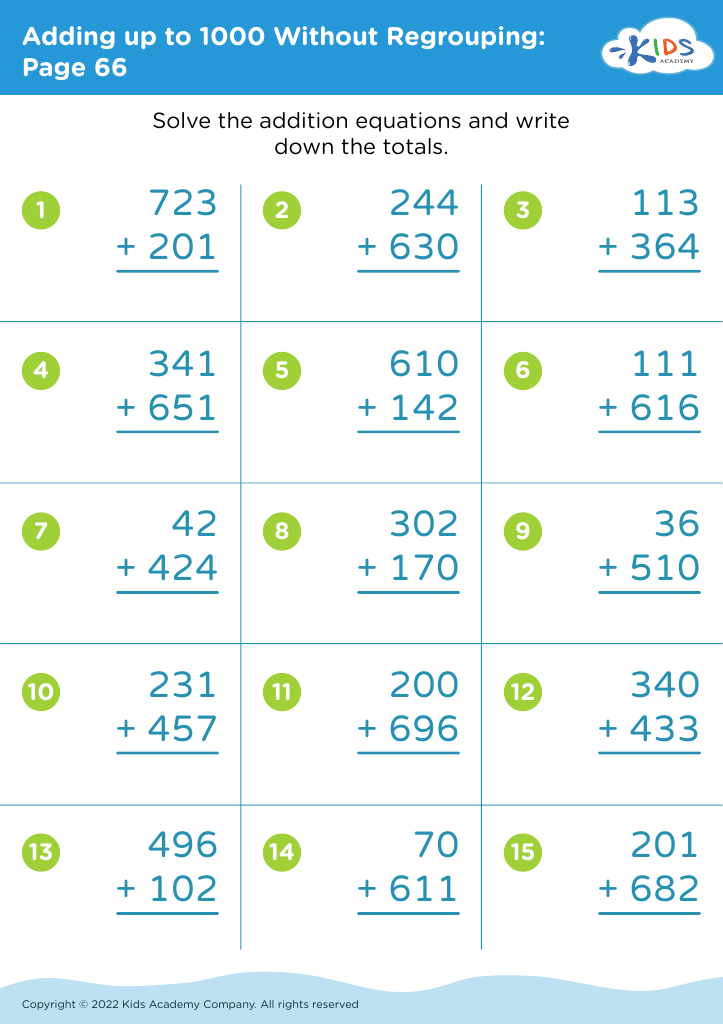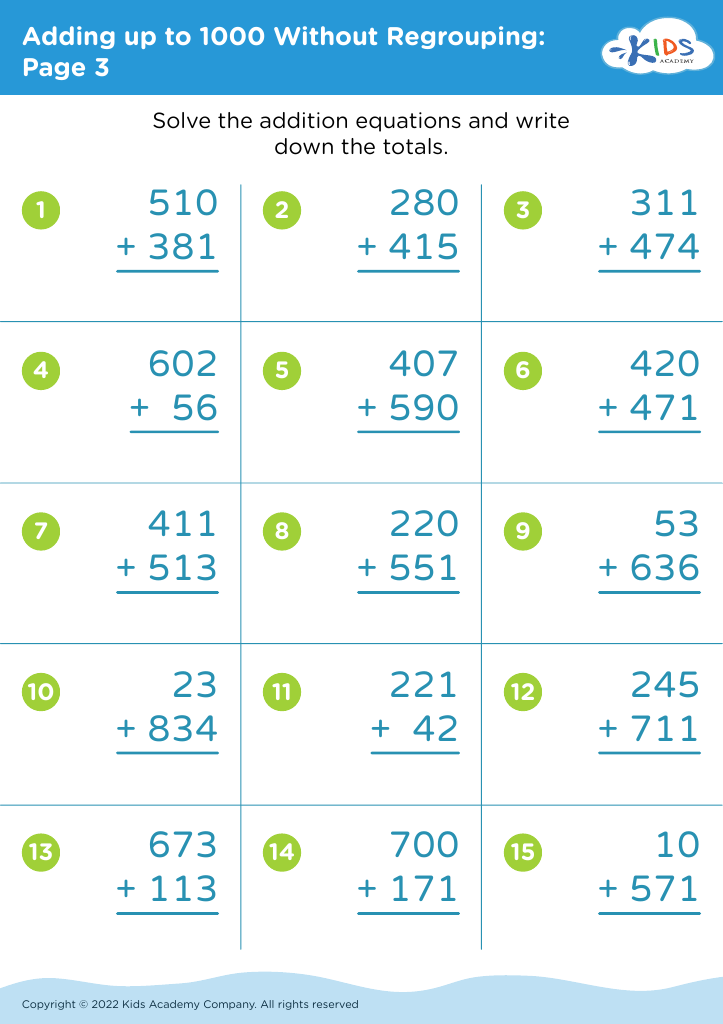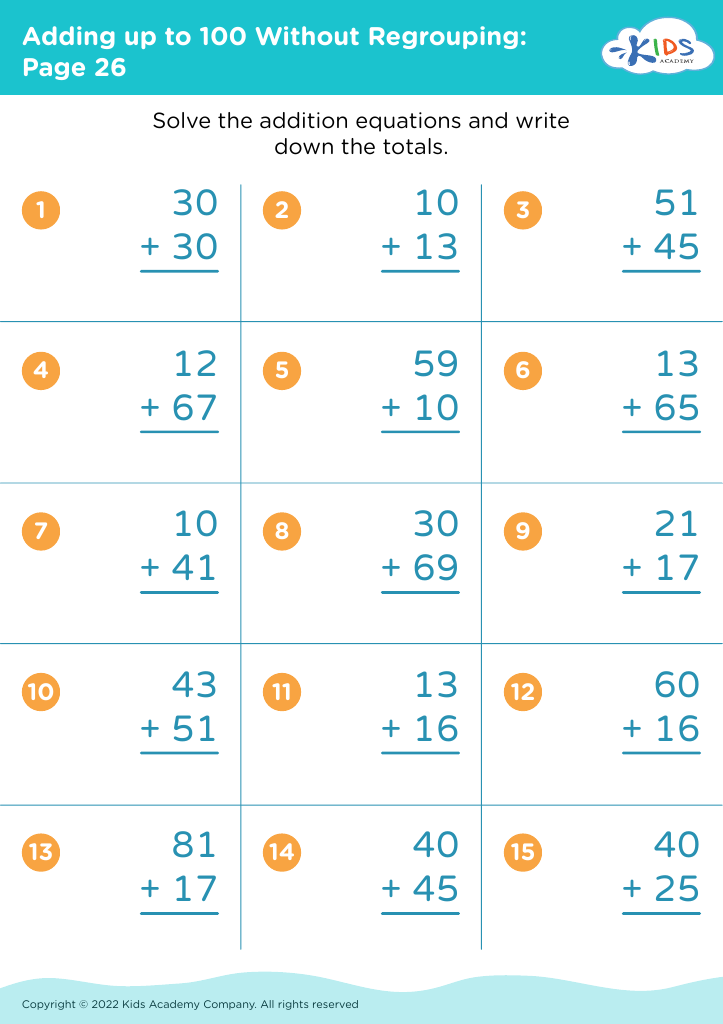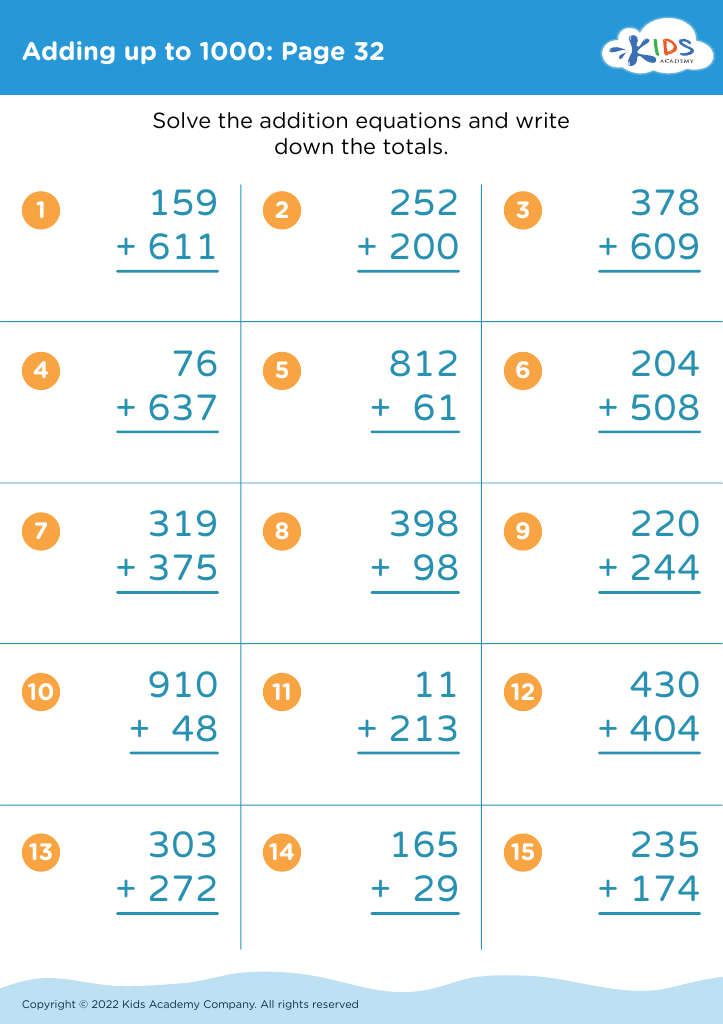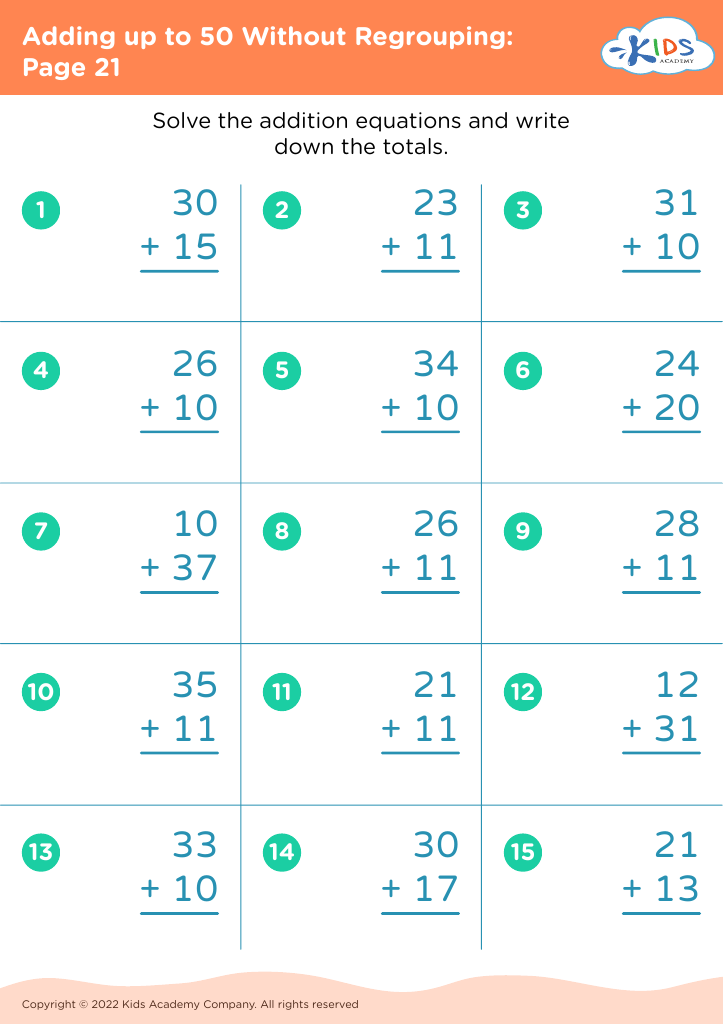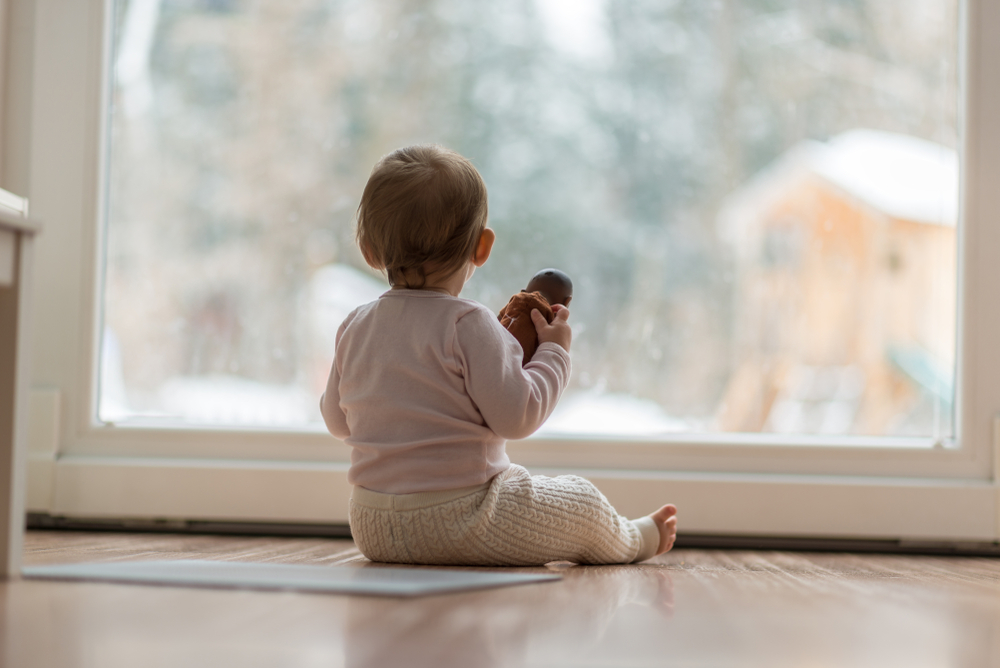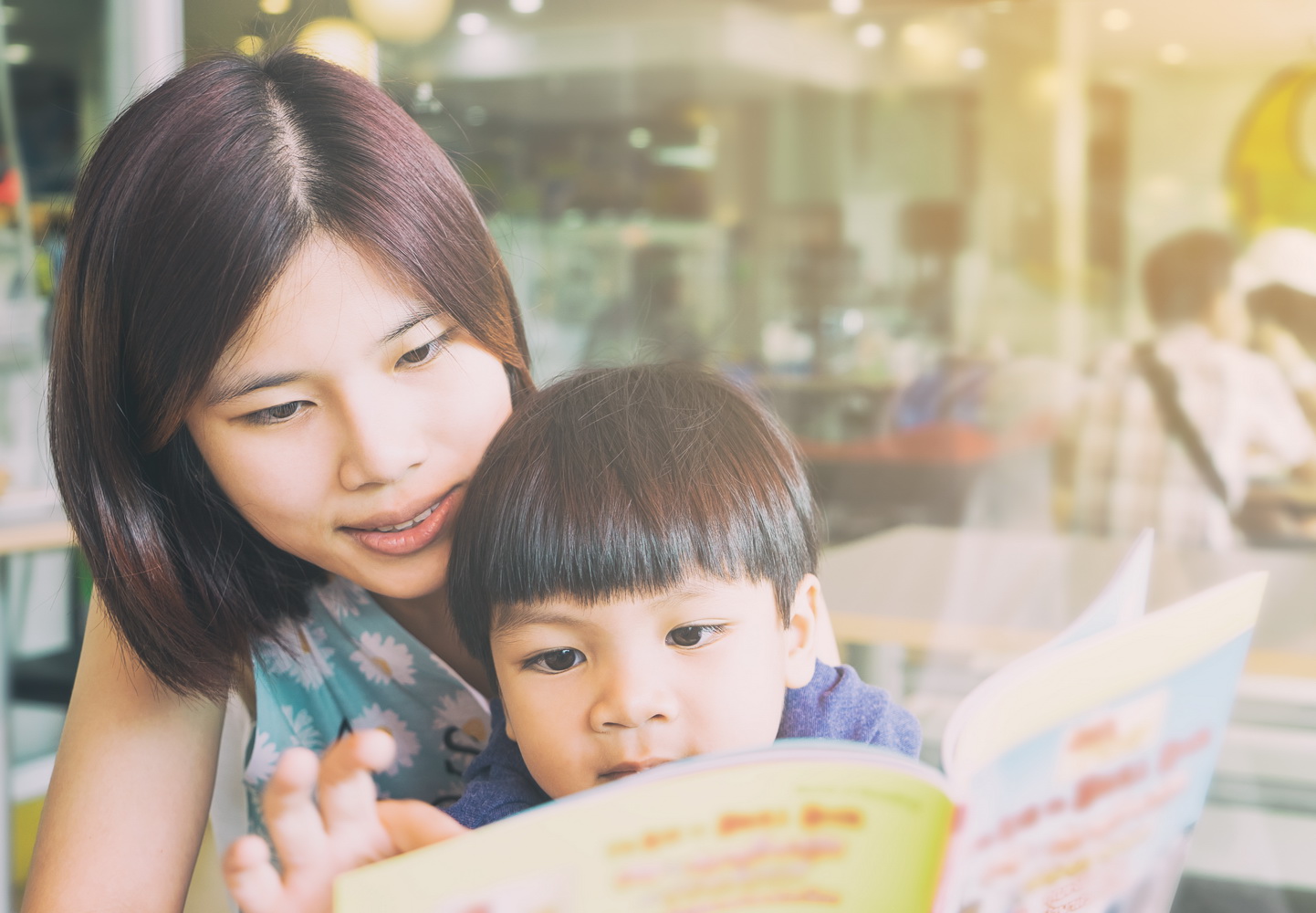Recognize shapes Worksheets for 7-Year-Olds
8 filtered results
-
From - To
Explore our engaging "Recognize Shapes Worksheets for 7-Year-Olds," designed to enhance your child's geometric understanding and shape recognition skills. These fun and interactive printable worksheets feature a variety of activities that encourage students to identify, categorize, and compare different shapes. With colorful illustrations and age-appropriate exercises, your child will enjoy learning about circles, squares, triangles, and more. Perfect for home or classroom use, our worksheets also promote critical thinking and problem-solving abilities. Boost your child's confidence and shape awareness today with our comprehensive collection of worksheets tailored specifically for young learners. Start their shape recognition journey now!
Recognizing shapes is fundamental in early childhood education, particularly for seven-year-olds, as it forms the basis for critical cognitive and spatial skills. Understanding shapes helps children develop their observation and classification abilities, enabling them to make sense of the world around them. By recognizing different shapes, children enhance their problem-solving skills, which are crucial in subjects such as mathematics and science.
Moreover, shape recognition plays a vital role in fostering creativity and imagination. Children often use shapes as building blocks in art, construction, and imaginative play, allowing them to express themselves and explore their creative potential. This awareness also serves as a stepping stone to more complex concepts, such as geometry, which children will encounter in higher grades.
Furthermore, shape recognition cultivates early mathematical skills such as measurement, symmetry, and patterns. Teachers and parents can use everyday experiences—like identifying shapes in home décor or nature—to reinforce these concepts in a fun, engaging manner. Encouraging shape recognition not only prepares children for academic success but also supports their overall cognitive development, making it an essential focus for parents and teachers alike.

